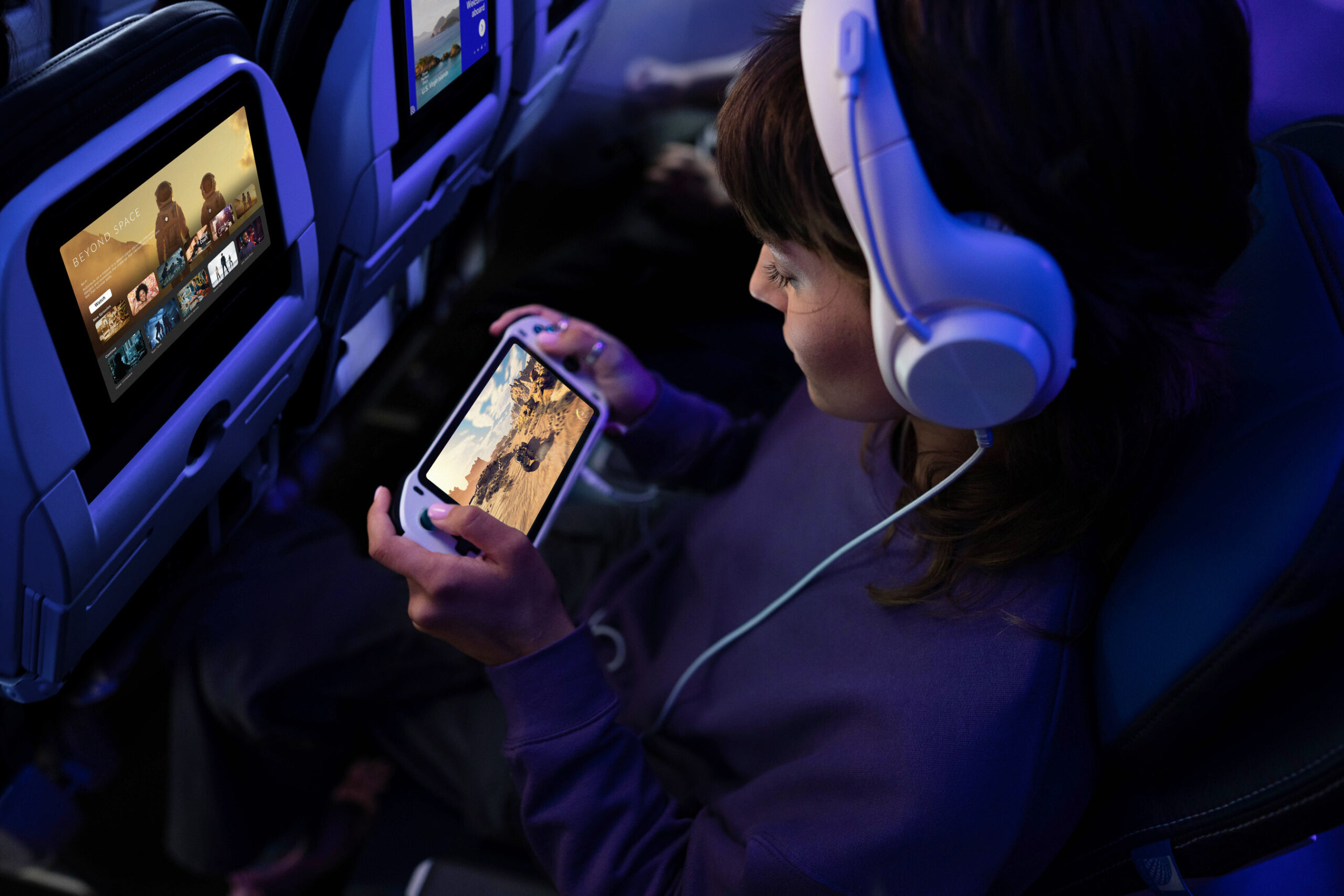United Airlines announced this morning that it is giving its in-flight Internet access an upgrade. It has signed a deal with Starlink to deliver SpaceX's satellite-based service to all its aircraft, a process that will start in 2025. And the good news for passengers is that the in-flight Wi-Fi will be free of charge.
The flying experience as it relates to consumer technology has come a very long way in the two-and-a-bit decades that Ars has been publishing. At the turn of the century, even having a power socket in your seat was a long shot. Laptop batteries didn't last that long, either—usually less than the runtime of whatever DVD I hoped to distract myself with, if memory serves.
Bring a spare battery and that might double, but it helped to have a book or magazine to read.
By 2011, the picture had changed. Wi-Fi was no longer some esoteric thing known only to nerds who built their own computers, and smartphones and tablets were on their way to ubiquity. After an aborted attempt in 2004, 2008 made in-flight Internet access a reality in North America, although the air-to-ground cellular-based system was slow, unreliable, and expensive.
Air-to-ground Internet access was maybe slightly cheaper by 2018, but it was still frustrating and slow, particularly if you were, oh, I dunno, a journalist trying to upload images to a CMS on your way back from an event. But by then, there was a better alternative—satellites. Airliners started sporting new antenna-concealing blisters, and soon, we were all streaming and posting and working our way across the skies.


 Loading comments...
Loading comments...
